Neurons help flush waste out of brain during sleep
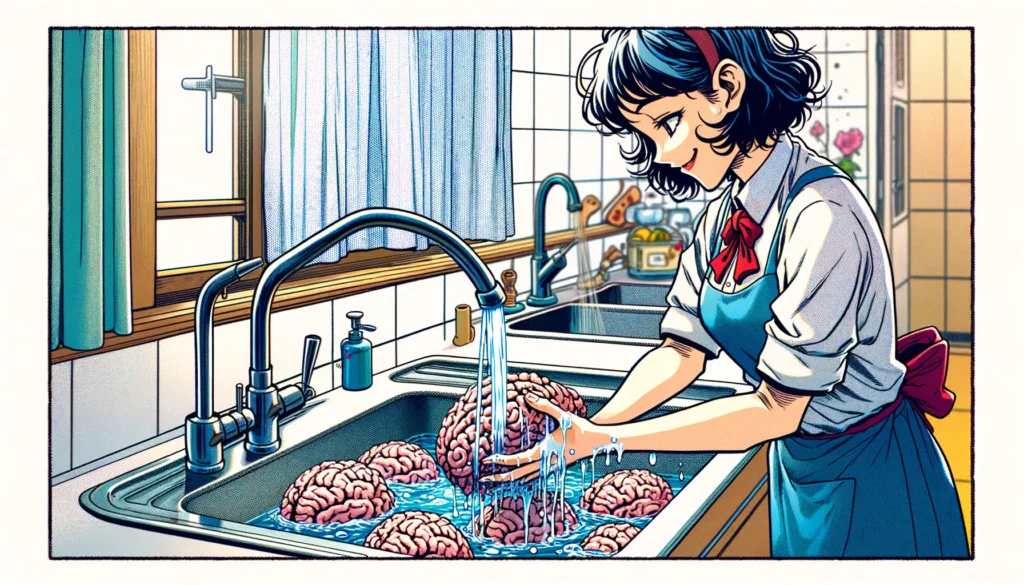
Scientists at Washington University School of Medicine have discovered that brain waves play a crucial role in flushing out waste from the brain during sleep, potentially offering insights into preventing neurological diseases.
Revolutionary brain stimulation technique shows promise for treating brain disorders
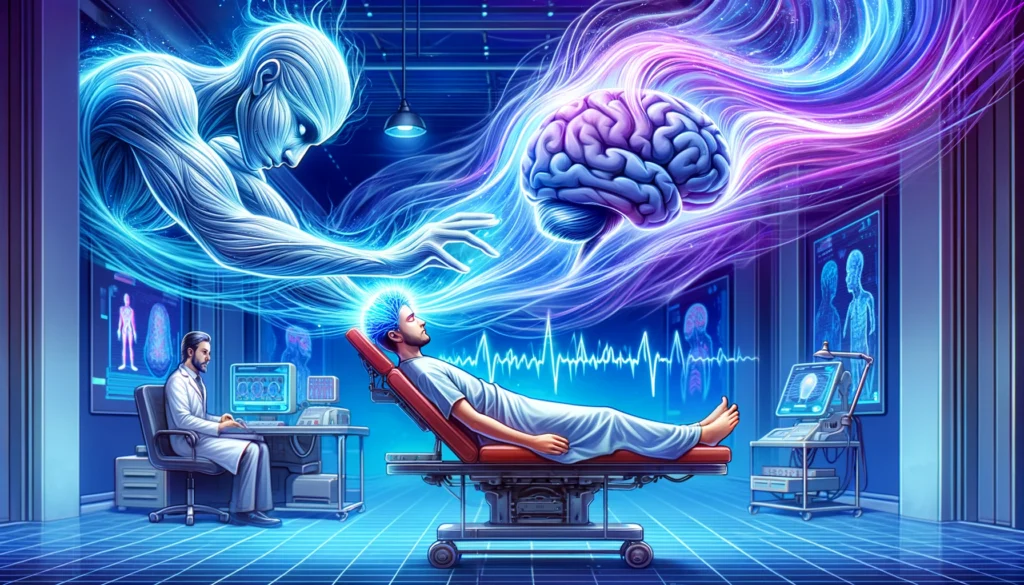
A team led by Dr. Park Joo Min at the Institute for Basic Science has developed a non-invasive brain stimulation technique called LILFUS, which shows promise in enhancing cognitive functions and treating neurological disorders by modulating brain plasticity.
A flicker of truth: Piercing the “continuity illusion”

A recent study by the Champalimaud Foundation reveals the superior colliculus’s critical role in processing the continuity illusion, fundamentally altering our understanding of motion perception in animals and humans.
Newly discovered brain cells play a key role in right and left turns
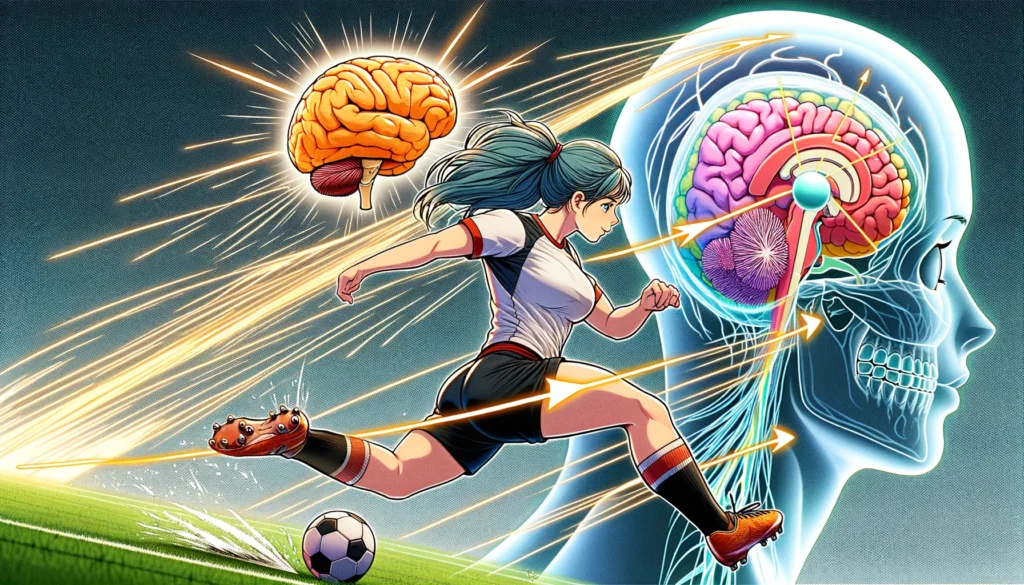
Researchers have discovered a network of neurons in the brain of mice that help them make right and left turns. In the future, the discovery may be used in treatment for Parkinson’s disease.
Oxytocin: the love hormone that holds the key to better memory

Researchers identify specific oxytocin neurons in the mouse brain that modulate object recognition memory
UW-Madison researchers first to 3D-print functional human brain tissue
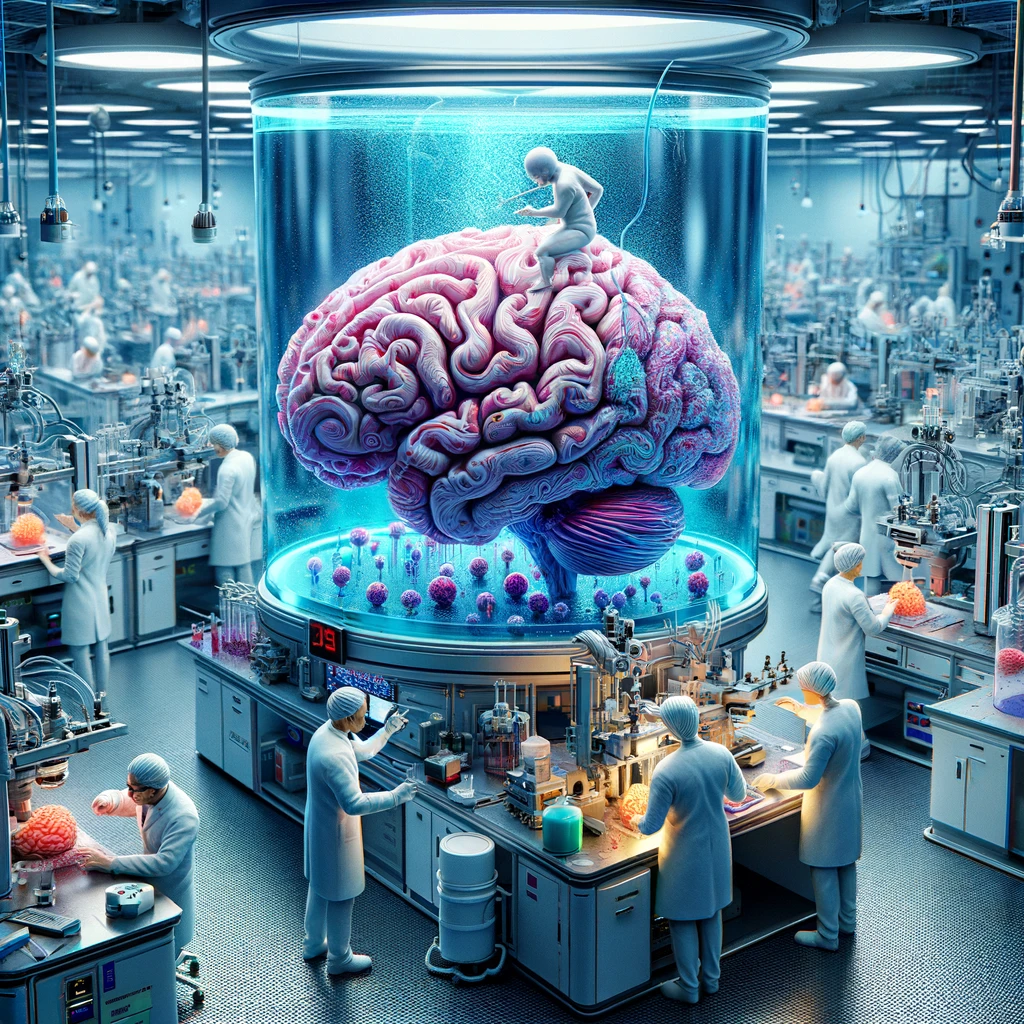
From University of Wisconsin–Madison 13/02/24 A team of University of Wisconsin–Madison scientists has developed the first 3D-printed brain tissue that can grow and function like typical brain tissue. It’s an achievement with important implications for scientists studying the brain and working on treatments for a broad range of neurological and neurodevelopmental disorders, such as Alzheimer’s […]
Study discovers neurons in the human brain that can predict what we are going to say before we say it
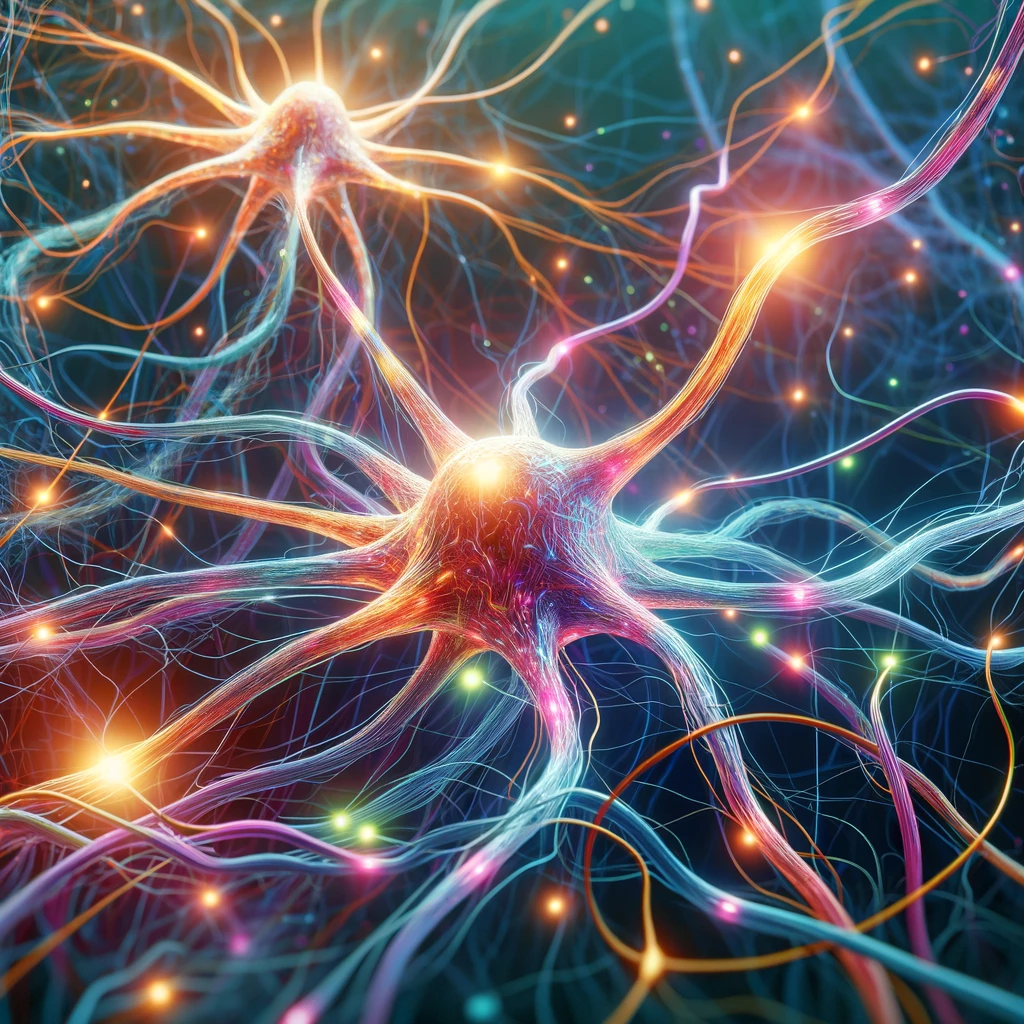
From 06/02/24 By using advanced brain recording techniques, a new study led by researchers from Massachusetts General Hospital (MGH) demonstrates how neurons in the human brain work together to allow people to think about what words they want to say and then produce them aloud through speech. Together, these findings provide a detailed map of […]
New technology lets researchers track brain cells’ “off switches”
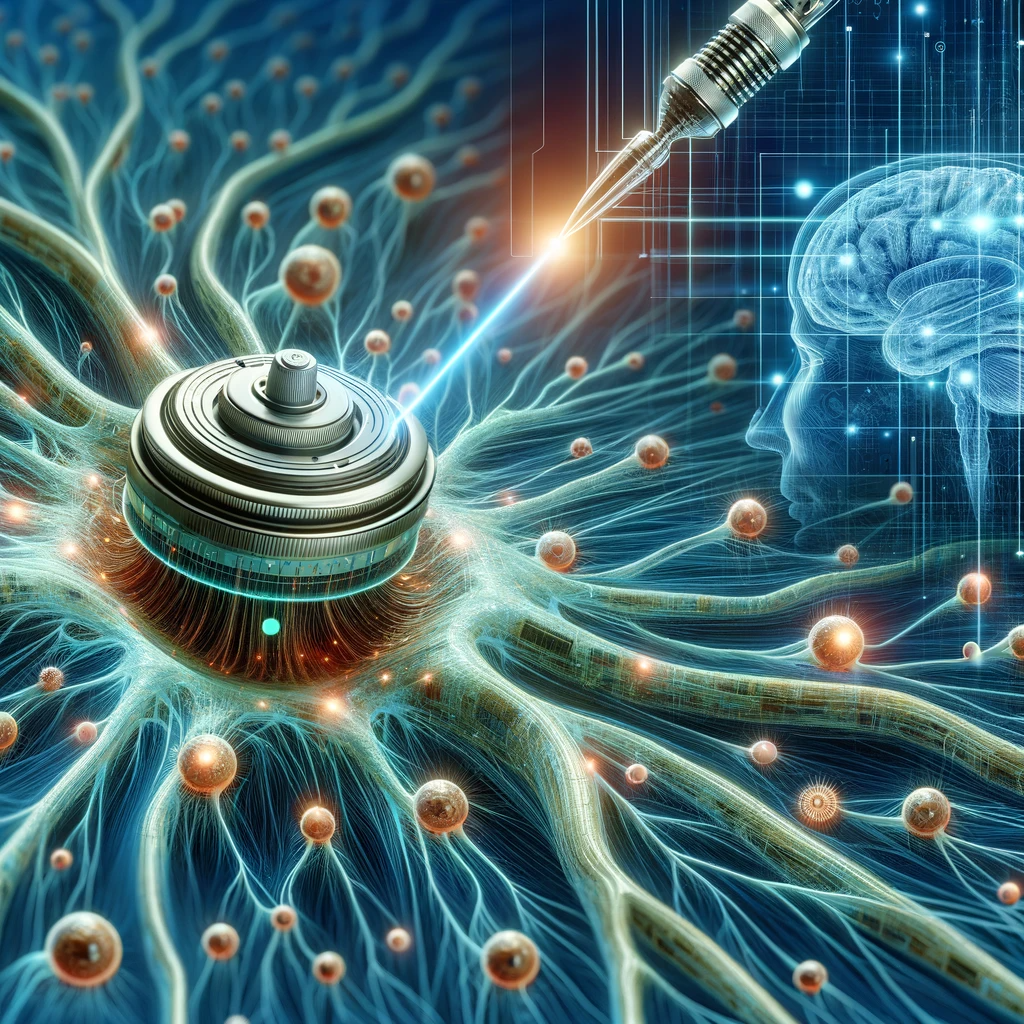
From Scripps Research 30/01/24 For decades, scientists have studied the intricate activity patterns in human and animal brains by observing when different groups of brain cells turn on. Equally important to understanding the brain and related diseases, however, is knowing how long those neurons stay active and when they turn off again. Now, scientists at […]
Riding sound waves in the brain
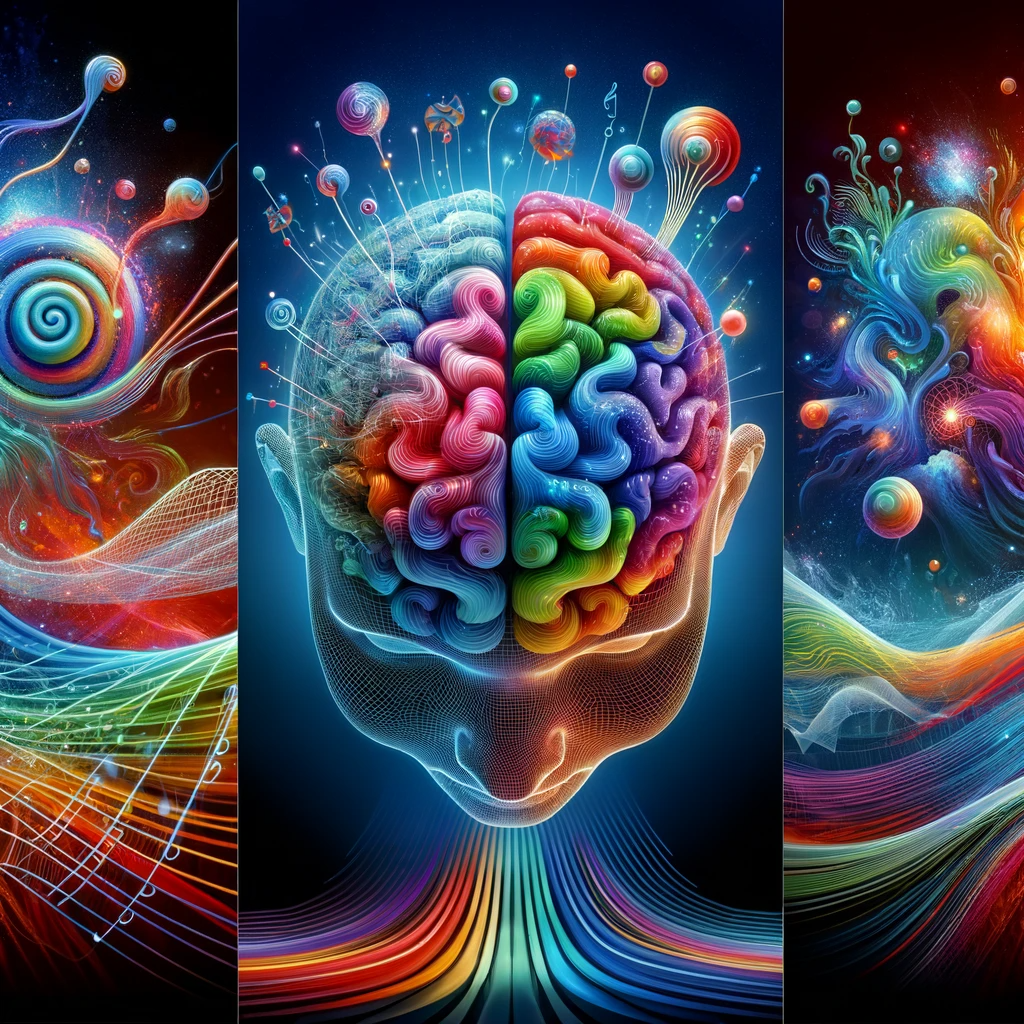
From ETH Zurich 28/12/23 Brain tumours, brain haemorrhages and neurological and psychological conditions are often hard to treat with medication. And even when effective drugs are available, these tend to have severe side effects because they circulate throughout the brain and not just the area they are meant to treat. In light of this situation, […]
New source of stem cells in injury-affected brains of patients
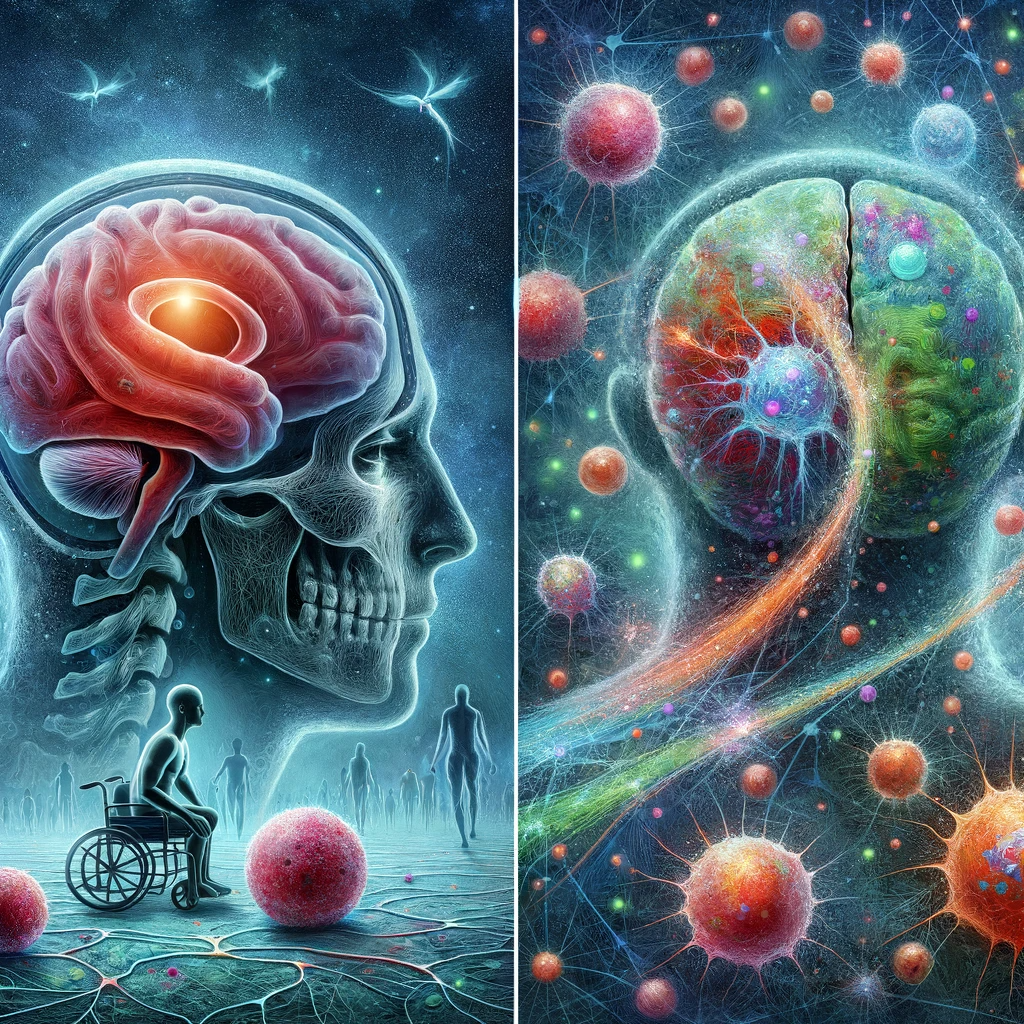
From Helmholtz Munich 18/12/23 Researchers from Helmholtz Munich and the LMU have discovered that, in the case of brain injuries, specific cells in the brain become active in disease situations, exhibiting properties of neural stem cells. The authors further discovered that a specific protein regulates these cells and hence could function as a target for […]
